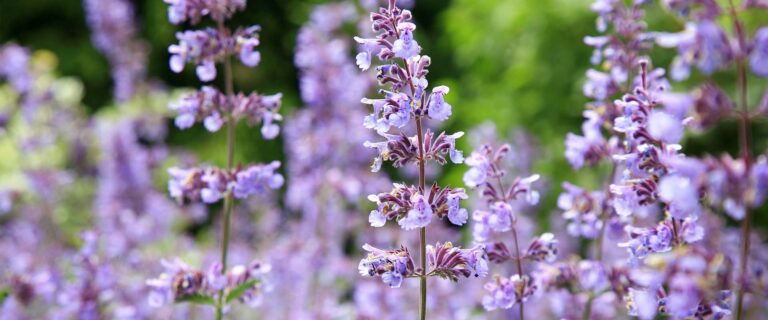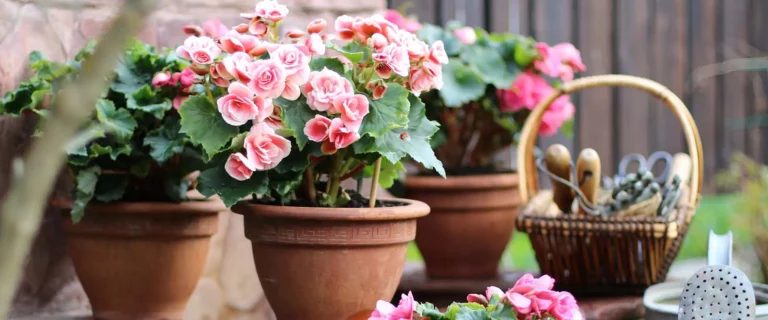It looks, smells and feels like Christmas in the nursery! Sean, our horticulture guru here at The Gardener’s Center, shares tips about selecting your fresh-cut tree, and how to keep your tree happy, healthy and—most importantly—safe while it’s in the house during the holiday season. But first…
Don’t feel guilty about buying a fresh-cut Christmas tree.
Sean says choosing a live, fresh-cut Christmas tree is the way to go. The trees are grown commercially in North America, the same way people grow corn, soybeans or wheat. They are replenished every year.
It takes about 10 to 12 years for a seedling to grow to be a 7- to 8-foot Christmas tree like those available in the nursery. And while they’re growing during those 10 years, the acres of trees are providing oxygen, cleaning the air, and offering a safe refuge for many animals and birds, especially throughout the winter months.
Then after the trees have been enjoyed, decorated and celebrated, they’re turned into compost and mulch, maybe even fed to the goats… You get the picture. They are the green way to go.
When to buy your fresh-cut tree? As early as possible.
Buy yours as soon as they’re available, even if you don’t plan on putting it up in the house immediately. Why? You’ll have a fantastic selection AND you’ll be able to get it into water so it can be drinking as soon after its been cut as possible. The longer it sits on the lot, the longer it has gone without water.
Test if the tree you’ve selected is healthy.
When you’re choosing your tree, a quick “health test” is to gently pull your hand through the branches. You SHOULD NOT see any green needles coming off. If you do, the tree is too old, and you’ll want to select another.
Don’t confuse unhealthy needle drop with seasonal needle-drop, which is a natural process for evergreens such as firs, spruces and pines. “Old growth” or brown needles naturally appear on the inside of the trees, so if you see brown needles on the ground falling from the inside of your tree, there’s no need to be concerned. But green needles coming off and green needles on the floor? That’s a red flag.
Get a fresh cut and a drink!
Tree growers normally start cutting trees in late October or early November. When a tree is cut, it starts sealing the cut over. That’s why it’s critical to give your tree a fresh cut of at least half an inch across the bottom of the trunk.
It’s also important that once that fresh cut is made, your tree goes into water right away. If you’re not putting your tree up as soon as you get it home, put it in a 5-gallon bucket with water so it can be drinking.
If you can’t get it into water within three or four hours, you’ll have to give it another fresh cut.
Do not shave off the bark or sides of your tree’s trunk to fit your tree into a tree stand.
Here’s a fun fact: A tree does not take up water using the entire bottom surface of its trunk. It’s just the outer half inch of the trunk that’s absorbing any water, so if you cut that off, what happens to your tree? It can’t drink. And that leads to your tree drying out. And that’s no bueno.
Put your tree in a cooler room or spot in your house.
If there are vents, a radiator or radiant heat boards where you want to put your tree, closing them or turning them off is helpful. If you have different zones in your home, turning the temp down in the area where you want your tree to be is a good idea.
Monitor your tree’s water level.
What happens if you bring your tree home, give it a fresh cut (NOT on the sides!), and you see it’s not drinking? Most likely your tree has been outside in the cold, and it just needs to warm up enough so that it can start taking that water up to its foliage. Sometimes it can be 48 hours before you notice a drop in the water level of your tree stand, indicating that your tree is finally drinking.
You might also notice that once your tree does start drinking, it may do it very quickly, even emptying out its tree stand overnight or over the first couple of days. Once it’s rehydrated, it should stabilize where you just have to top off the water in the stand every day.
Choosing your Christmas tree and taking care of it can be a joyful experience, especially when you’re confident that you know what you’re doing.
Your friends at The Gardener’s Center want you to have the best holiday ever and are standing by with answers and advice!









